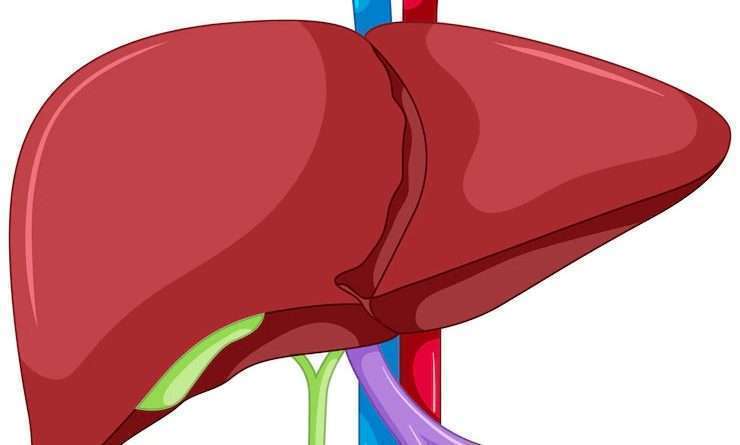What is the most significant complication of a liver transplant?
Liver transplantation has become very effective for patients with severe end-stage liver disease, whether acute or chronic. For patients with severe liver disorders, liver transplant surgery was once thought to be their only option for treatment. Premature mortality rates were relatively high since patients were typically in terrible shape when surgery was performed. Although the survival rate has significantly increased over time, additional issues still need to be resolved. One can get a Liver transplant in Mumbai at affordable prices.
What does a Liver Transplant mean?
During a liver transplant, a healthy liver from a donor is surgically placed in the place of a failing liver. You can either receive a portion of a liver from a living donor or a whole liver from a donor who has recently been declared dead. A divided liver can re-grow to its original size in both the living donor’s and your bodies.
What are the functions of the liver?
The liver, which is thought to be the largest internal organ in the body, serves many important purposes. There is no alternative for the liver because it is necessary for survival. Critical liver processes include:
● Creation of bile, a chemical mixture that helps digestion.
● It helps in the process of converting food into energy.
● Your liver also serves as a filter, filtering dangerous substances out of your blood.
● Chemicals produced by the liver help in the prevention of infection.
● Chemicals produced by the liver are essential for blood clotting.
● Iron, vitamins, and other necessary compounds are stored in the liver.
Why does someone undergo a liver transplant?
A healthy liver is essential for the smooth functioning of the body. A liver transplant may save your life if your liver is failing or if you have primary liver cancer. Your liver can stop functioning for various reasons, including acute causes like toxic poisoning and long-term liver conditions. More people require liver transplants than there are a number of liver donors available.
● Recurring liver failure
Chronic, progressive liver disease ends in chronic liver failure. It generally indicates that too much bloodless scar tissue has taken the place of healthy liver tissue. Cirrhosis of the liver is another name for this. You will start to show decompensated liver disease symptoms as your liver starts to function improperly.
● Basic liver cancer
Hepatocellular carcinoma, often known as primary liver cancer, is a form of cancer that develops in your liver. Getting your liver transplant can get rid of cancer and cure it if it doesn’t spread beyond your liver. Your doctor can occasionally only remove the portion of your liver with the tumor (partial liver resection). However, a transplant can be required if your liver is in poor shape.
● Acute liver failure
Acute liver failure occurs when a previously healthy liver experiences substantial damage, and infection or chemical poisoning may cause the harm. Acute liver failure appears as a symptom of hepatic insufficiency, a sign that your liver is no longer functioning. There is a problem here. Acute liver failure can be reversed in some cases but not in others.
How long is it possible to survive without a liver transplant?
It is impossible to tell whether you will recover if you have acute liver failure. Chronic liver failure progresses slowly, and the mortality rate can be very high. People can have cirrhosis for a long time—up to a year—while waiting for a liver transplant. However, as complications like portal hypertension start to appear, the need for a transplant becomes more urgent.
Cancer may still be in the early stages if you’re awaiting a liver transplant to treat primary liver cancer. Only when liver cancer has not yet spread outside of the liver can it be treated with liver transplant surgery. However, most patients with primary liver cancer also have chronic liver disease.
What are the possible dangers and complications associated with a liver transplant?
The following are the main concerns associated with the procedure:
Blood clotting:
In the case of blood clotting, the danger is less than 5%.
Hemorrhage:
Particularly when you have a blood clotting condition caused by liver injury, the liver bleeds a lot. Because of this, liver surgeons frequently employ automated blood transfusion technologies.
Bile duct damage:
Injury during surgery could result in toxic bile leakage into the abdominal cavity. Where your bile ducts were cut after surgery, scar tissue may form and cause a stricture or blockage, resulting in bile backing up into your liver.
Conclusion
In the past, liver transplantation was viewed as an experimental treatment and the last option for treating patients with life-threatening conditions. Long-term problems were never regarded as a major concern in these circumstances. Since most transplant hospitals now have higher survival rates, long-term problems closely tied to immunosuppressive therapy are receiving more attention. Chronic renal failure, systemic arterial hypertension, diabetes, dyslipidemia, obesity, bones or nervous system issues, etc., are the most common consequences.
Read more health blogs about pediatric diseases and treatment.




